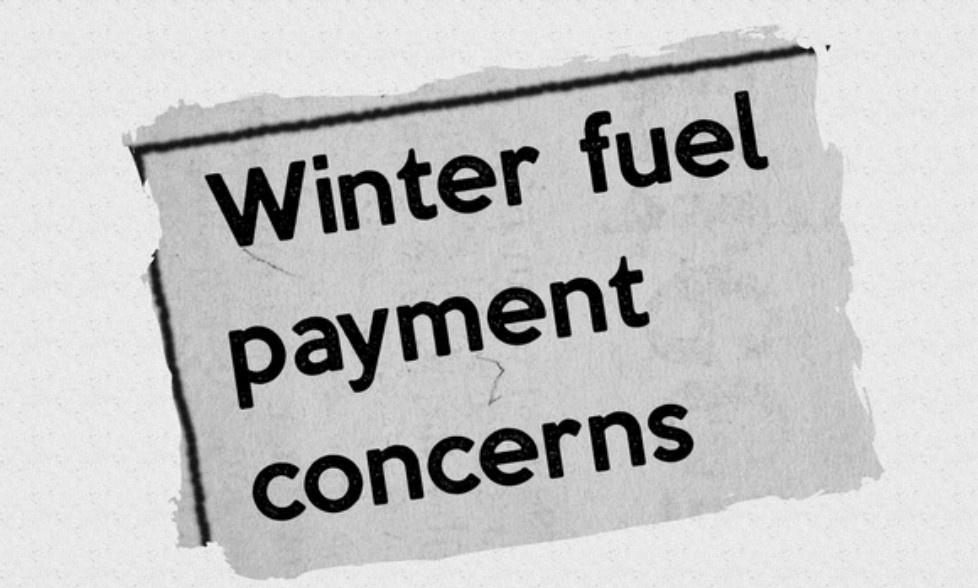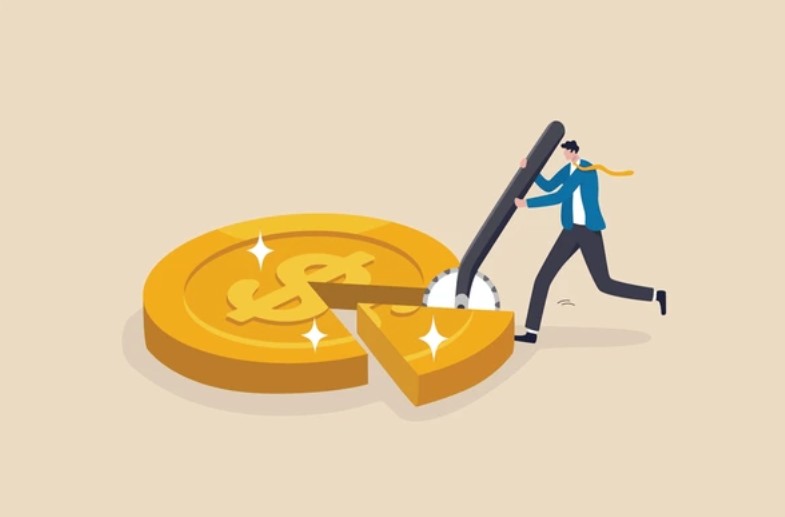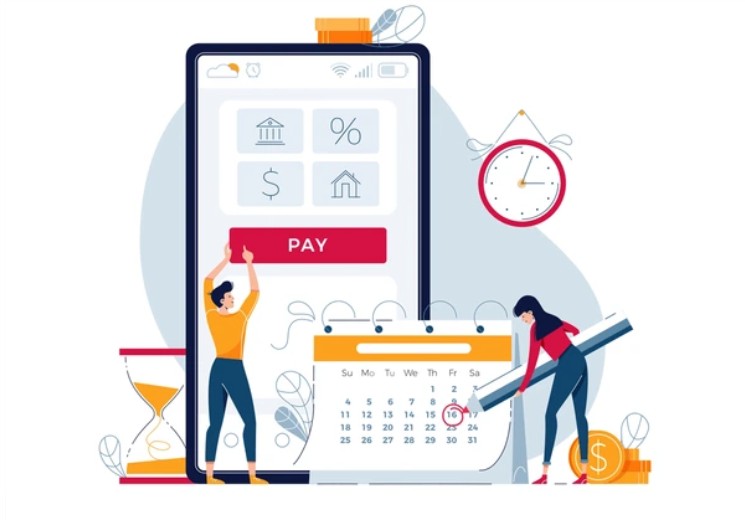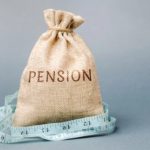With energy costs continuing to pose a significant challenge for many UK households, especially during the colder, darker months, countless retired couples are left asking an important question:
Can husband and wife get Winter Fuel Allowance, or is it a single payment for the entire household?
This might sound like a simple issue, but the answer can depend on several factors, including your age, benefit entitlements, living arrangements, and income. In this guide, we’ll explain it in clear, straightforward terms — with updated information for the 2025–26 winter season, and practical examples designed to help UK residents understand how this important government benefit works for couples.
What Is the Winter Fuel Allowance?

The Winter Fuel Allowance, officially named the Winter Fuel Payment, is a financial support scheme provided by the UK government. It is designed to help older people manage the rising costs of heating their homes during the winter months, when energy usage typically spikes.
The payment is made as a tax-free lump sum, issued once a year — usually between November and January — and is not affected by tax or counted as income for benefit calculations. This makes it especially useful for pensioners who rely on fixed incomes.
For the 2025/2026 winter season, to be eligible, you must have been born on or before 21 September 1959 and have been present in the UK for at least one day during the qualifying week (usually a week in mid-to-late September).
Depending on your personal circumstances, particularly your age and the type of benefits you receive, the amount can range from £250 up to £600 per household.
Can husband and wife get Winter Fuel Allowance?
Here is the most crucial point to understand when it comes to couples:
Only one Winter Fuel Payment is made per household — even if both the husband and wife are eligible.
That means that, rather than each person receiving a separate payment, the government considers a couple as a single benefit unit, and the payment is made accordingly. But don’t worry — if both you and your spouse are eligible in your own right, the total amount you receive will reflect that.
Expanded Example Scenarios:
- Both spouses meet the qualifying age and live together, with neither receiving income-related benefits:
- You may receive £250 to £500, issued as a single payment, usually made to the partner whose name is associated with the State Pension or other benefits.
- One partner receives an income-related benefit, such as Pension Credit:
- The household may receive £500 to £600, with the entire amount paid to the partner receiving the benefit, as they’re considered the lead claimant.
- Only one spouse meets the age criteria while the other is younger:
- The payment is based solely on the older partner’s eligibility, so the amount may be lower, unless additional benefits apply.
These rules are designed to reflect that energy costs are typically shared within a household, and so is the financial help provided.
How Is the Payment Split Between Partners?

In cases where both spouses are eligible and live at the same address, but neither of them receives income-based benefits, the system internally considers each of them eligible. However, the payment is issued to only one person, usually the one who already receives the State Pension or other qualifying benefit.
While it may seem like the payment is going to just one of you, it’s important to understand that the amount reflects your combined circumstances. So, for example, if the total payment is £500, that is effectively £250 per person, though it may appear as a single transaction in one partner’s bank account.
In contrast, if one of you receives a qualifying benefit like Pension Credit or Income Support, the payment is not split, and the entire sum is paid to the benefit recipient.
Can Married Couples Receive Two Separate Payments?
In most cases, married or cohabiting couples are treated as a single household, meaning one combined payment is made. However, there are special circumstances where separate payments may apply:
- If the husband and wife do not live together during the qualifying week (for example, if one is in a care home, hospital, or living overseas), each individual may be considered a separate household for the purposes of the Winter Fuel Payment.
- If the couple is separated, divorced, or permanently living apart, even if still legally married, and both meet the eligibility criteria, each partner can receive a separate payment.
- If each partner receives different benefits at separate addresses, and both qualify in their own right, separate payments may also apply.
These exceptions are rare, but important to know in case your living or legal situation is different from the norm.
What Happens If Only One Partner Is Eligible?
If only one person in the marriage qualifies — for example, one is of pension age and the other is younger — the payment is still made, but only based on the eligible partner’s details.
This means the household may receive a reduced amount compared to a couple where both are over the required age. For example, if the wife is 67 and the husband is 62, and they don’t claim any income-related benefits, the payment could be around £250, instead of the £500 a dual-eligible couple might receive.
Is the Payment Automatically Issued for Couples?

In most cases, yes — the Winter Fuel Payment is issued automatically, without the need for you to make a claim, provided that:
- You or your partner already receive the State Pension, or
- You receive another qualifying benefit, such as Pension Credit or Income Support.
However, there are situations where a couple may need to make a claim manually:
- If neither partner has ever received the Winter Fuel Payment before,
- If neither of you receives the State Pension or other qualifying benefits,
- If you recently moved to the UK and weren’t resident during a previous qualifying week,
- Or if you live abroad in a country where the payment still applies.
Claims can be submitted via post, phone, or the online form available on GOV.UK. The application deadline usually falls on 31 March following the winter in question, so for winter 2025–26, the deadline would be 31 March 2026.
When Will the Payment Be Made?
The Department for Work and Pensions (DWP) usually begins sending out letters confirming eligibility in October or November.
The actual payment is then made between early November and late January. It’s paid directly into your bank account — the same one used for your State Pension or benefits.
If you believe you’re eligible but haven’t received a letter or payment by the end of January, it’s important to contact the Winter Fuel Payment Centre as soon as possible to resolve the issue.
Summary: Key Facts for Married Couples in the UK
| Common Question | Answer |
|---|---|
| Can both husband and wife get it separately? | No — it’s one payment per household, not per person. |
| How much is the payment? | Between £250 and £600, depending on age and benefit entitlement. |
| Is it split between spouses? | Not usually — it’s paid to one person but reflects the couple’s situation. |
| Can each partner get it separately? | Only if you live apart or meet specific exceptional criteria. |
| Is the payment automatic? | Yes, in most cases — manual claim only needed in limited situations. |
| When is it paid? | Usually between November and January each winter season. |
Final Thoughts
The Winter Fuel Allowance is one of the UK government’s most valuable support measures for older residents — and it’s especially relevant for married couples managing joint expenses. While the payment is issued to only one person per household, it’s calculated with your combined eligibility in mind.
Whether you’re already retired or approaching pension age, it’s well worth understanding how the system works so that you don’t miss out on what you’re owed. Check your eligibility, familiarize yourself with the dates, and ensure your benefit records are up to date.
And if you’re ever in doubt — ask, apply, or contact. The Winter Fuel Payment can make a significant difference when the cold weather arrives.






